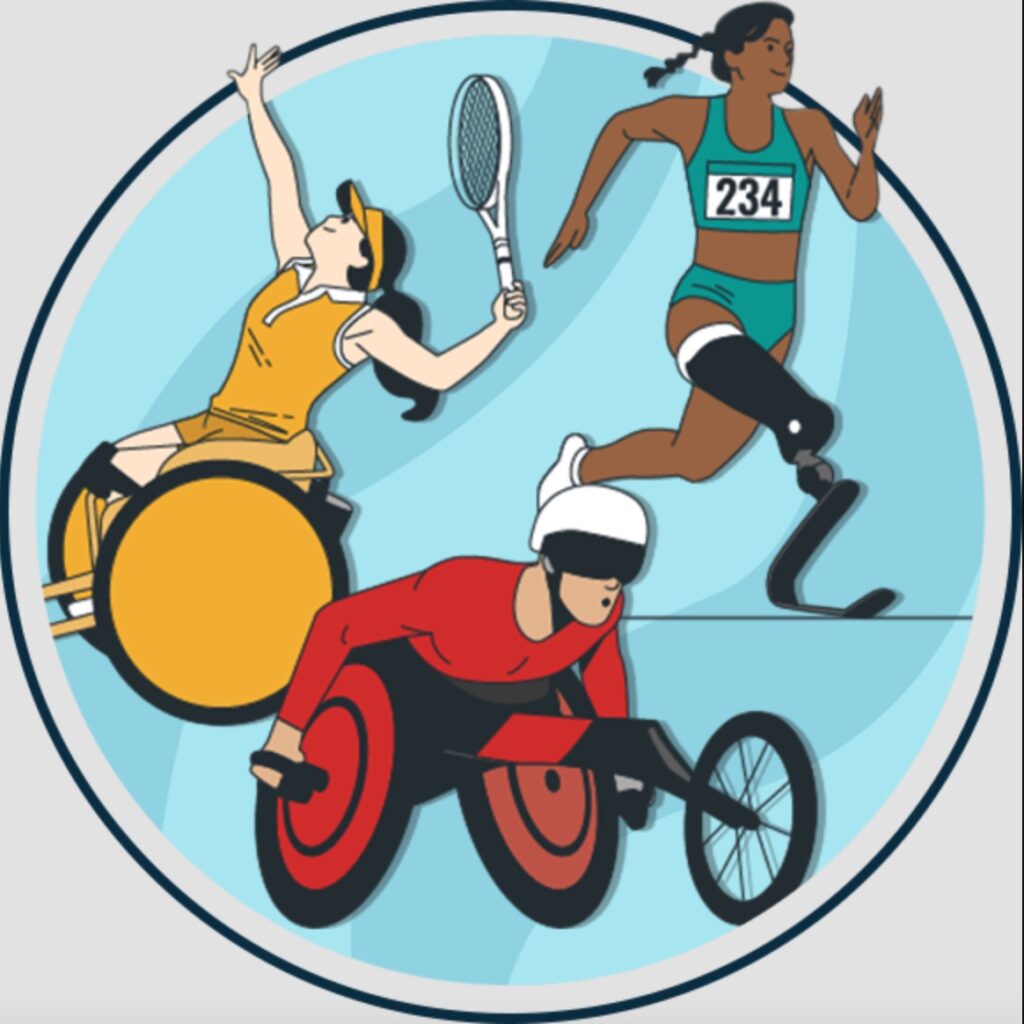Sports in EU: Access to sporting events within the European Union reveals stark inequalities. Participation of people with disabilities is limited, with Denmark (21.7%) as the sole outlier exceeding 20%. Countries like Italy (2.5%), Spain (9.2%), and France (8.1%) show concerningly low figures. This is not acceptable. The absence of national legislation leaves accessibility to the discretion of organisers, with reserved seating only occasionally provided and discounts offered based on remaining availability.
In 14 countries, attendance by high-income individuals is more than double that of low-income individuals. Latvia shows a striking five-fold difference. Croatia, Spain, Belgium, and France also exhibit marked disparities. With a smaller gap (32.2% vs 40.6%), Norway fares comparatively better. These inequalities contribute to the finding that in 23 European countries, less than a third of the population over 16 reports having attended at least one live sporting event in the past year. Inclusion and affordability remain crucial challenges in ensuring everyone can enjoy sports.
Sports events and disabled access, low quotas even in welfare havens
A unicum throughout the Union. In Norway, a country among the champions for welfare policies, the share is 18.6 per cent. A value, however, far higher than another first in the class when it comes to inclusion, Sweden, here, over a year, the percentage of disabled people who have gone at least once to see a live sports competition is just 10.3 per cent. But it is the long list of countries with percentages below 10 per cent that is impressive: there are 18 in all. And Italy, with 2.5 per cent, occupies the bottom of the list. They do better (and by a lot) than Spain and France with, respectively, 9.2 per cent and 8.1 per cent. In Italy, in fact, there is no law at the national level regulating access to sports events for people with disabilities.
Everything, incredibly, is left to the “good will” of the organizers. In fact, it is at their discretion that seats for people with disabilities are reserved from time to time. Not only that but in the absence of legislation, it is only because of the remainder of the general sale to the public that discounts or complimentary tickets are given to disabled citizens and their companions.

In Latvia, the wealthiest go to the stadium 5 times more than the least affluent
But who, on the other hand, are those who come in? The question is by no means a foregone conclusion and, as is often the case, involves income. Indeed, in 14 countries of the Union, the rate of participation in live sporting events for individuals in the highest income bracket is more than double that of individuals in the lowest income bracket. The largest gap is in Latvia. Here, access to stadiums for the highest income bracket is about five times higher than for the lowest bracket.
Very high gaps are also recorded in Croatia, where 12 per cent of the least well-off have gone at least once in 12 months to see their favourite team versus 27 per cent of the most well-off. But also in Spain (15.8% vs 31.6%), Belgium (13.9% vs 34.8%) and France, where the gap is 13.5% vs 24.8%. Showing a smaller gap between rich and poor is Norway, with 32.2 per cent of the least wealthy group compared to 40.6 per cent participation by the wealthiest group.
Sports events in the EU, in 23 countries, involved less than a third of citizens
Perhaps this is why, in 23 European countries, less than one-third of the population aged 16 and older reported having participated in at least one live sporting event in the previous 12 months. Exceptions were Ireland (40 per cent), Luxembourg (38 per cent) and the Netherlands (37 per cent), which had above-average participation rates. The lowest rates were found in Bulgaria and Romania, with only 7 per cent of the population involved. In Italy, participation in at least one live sports event involved 13.8 per cent of citizens in the last year surveyed.



